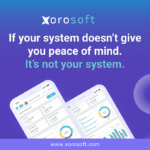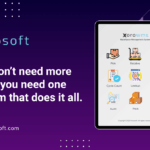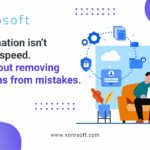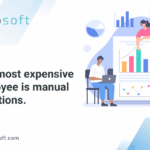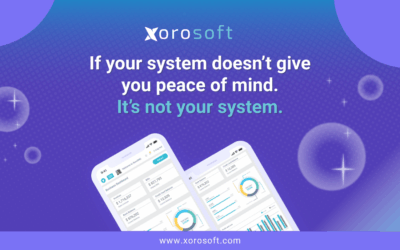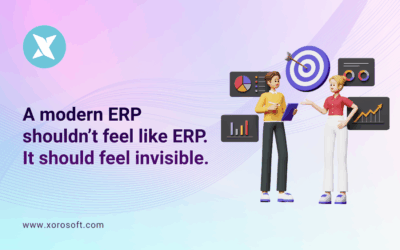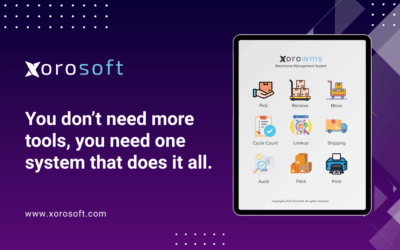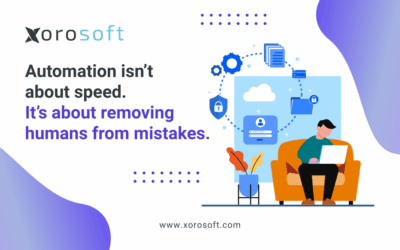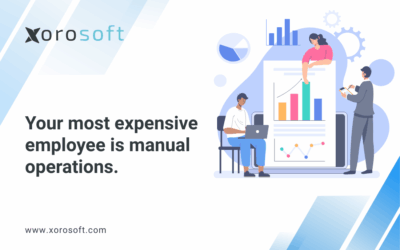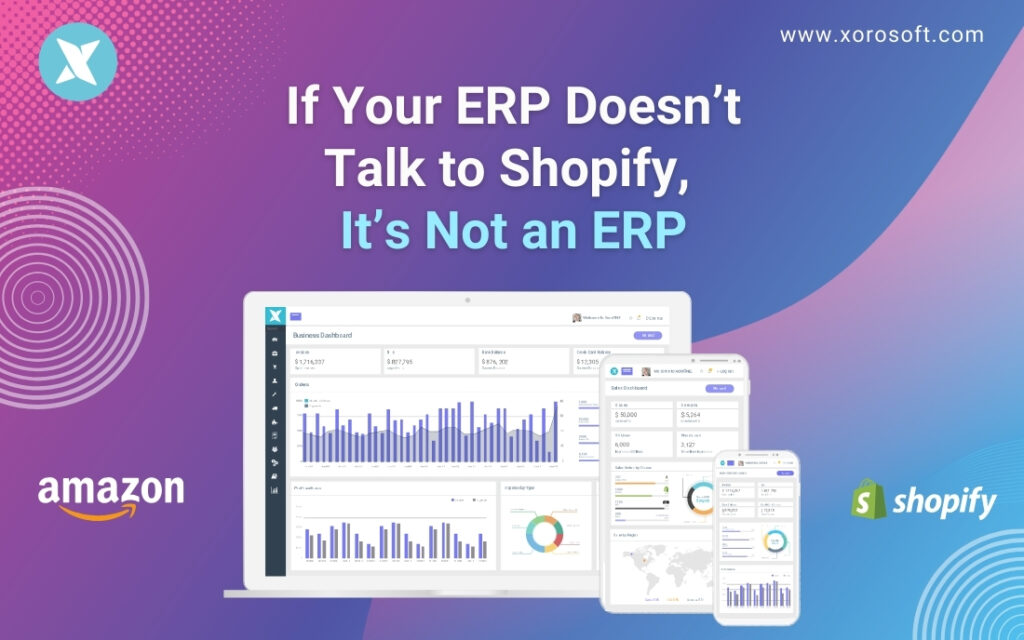
Why Shopify ERP Integration Matters More Than Ever
If your ERP doesn’t offer a seamless Shopify ERP integration, you’re running your business blind. Too many fast-scaling brands rely on disconnected tools—Shopify for orders, spreadsheets for planning, QuickBooks for accounting, and outdated ERPs that can’t keep up.
The result is predictable:
-
Fulfillment delays and customer complaints
-
Stockouts or overselling across multiple channels
-
Finance teams buried in manual reconciliations
-
Operations constantly fixing yesterday’s mistakes
When your ERP can’t communicate with Shopify in real time, it’s no longer helping your business scale—it’s actively slowing you down.
How Disconnected Systems Stall Operational Growth
Disconnected systems don’t just create inefficiencies. They create silos between teams.
-
The warehouse ships late because inventory isn’t updated
-
Meanwhile, your customer support team is overwhelmed with tracking inquiries
-
Finance spends hours reconciling payouts from multiple systems
-
Leaders lose confidence in the reports they receive
This kind of disconnection becomes more painful as you grow. More orders, more returns, more manual work. As a result, your tech stack becomes a liability—not an advantage.
Why Legacy ERPs Fail Shopify Brands
Many legacy ERP systems were built before platforms like Shopify, Amazon, or Afterpay even existed. These older systems rely heavily on third-party connectors or manual data imports.
This leads to:
-
Delayed or failed syncs between your ERP and Shopify
-
Mismatched inventory levels and duplicate SKUs
-
Unreliable or missing Shopify Payments data
-
Long reconciliation cycles for accounting
For example, even when an order syncs correctly, fulfillment status might not update on time. This triggers unnecessary support tickets and customer frustration.
More importantly, these legacy systems lack real-time capabilities. You’re reacting to issues instead of preventing them.
What to Expect from a Real Shopify ERP Integration
A true Shopify ERP integration should go beyond basic order sync. It should unify operations, finance, and inventory across all your channels.
Key features you should expect:
-
Real-time syncing of Shopify orders, products, and fulfillment
-
Accurate inventory tracking across warehouses and sales channels
-
Automatic mapping of payment methods like Shop Pay or Afterpay
-
Seamless reconciliation of payouts and deposits
-
Live financial reporting with no manual exports or adjustments
In contrast, systems without these capabilities force your team into manual workarounds. That slows down fulfillment, increases errors, and chips away at customer trust.
How Xorosoft Solves the Integration Gap
Xorosoft ERP is built for fast-moving, omnichannel operations. It doesn’t just plug into Shopify—it’s designed to work with it, out of the box.
Here’s how Xorosoft stands out:
-
Native Shopify ERP integration for products, orders, payments, and fulfillment
-
Built-in Warehouse Management System (WMS) to manage pick, pack, and ship workflows
-
Real-time inventory and accounting updates with complete system visibility
-
Support for multi-location, multi-currency, and cross-border operations
-
Automation-ready with 3PL, Amazon, and EDI integrations via open API
-
No bolt-ons or patchwork connectors—everything is part of one cloud-native platform
That’s why Xorosoft is:
Take Control of Your Tech Stack Before It Controls You
If your ERP still treats Shopify like a separate system, it’s time to upgrade. You’ve outgrown the patchwork approach.
Explore how Xorosoft brings your systems together—so your team stops reacting and starts scaling.
-
Learn more about Xorosoft ERP features
-
See transparent pricing options
-
Book a demo and explore how it works in real time
A unified system isn’t just more efficient—it’s essential for growth.
